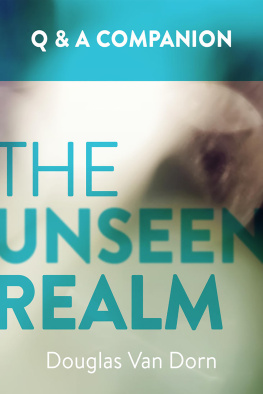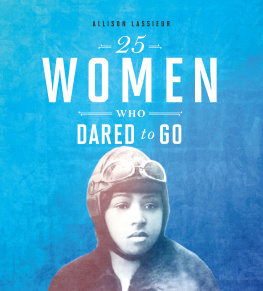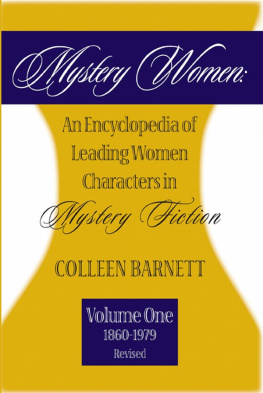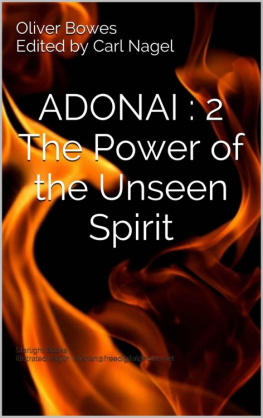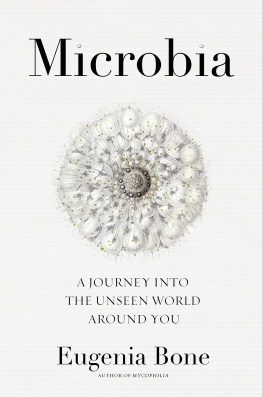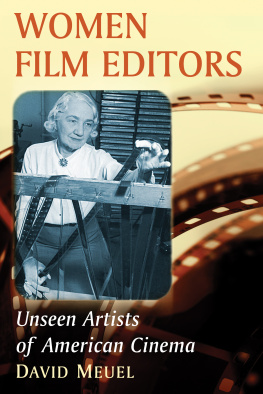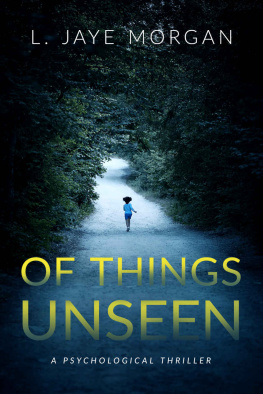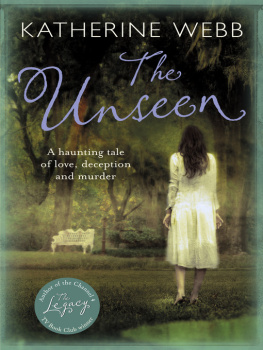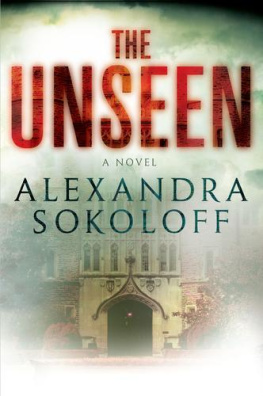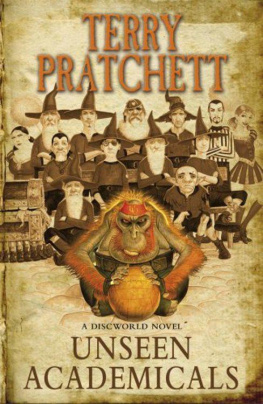Bonnemare - Women as Unseen Characters
Here you can read online Bonnemare - Women as Unseen Characters full text of the book (entire story) in english for free. Download pdf and epub, get meaning, cover and reviews about this ebook. publisher: University of Pennsylvania Press, genre: Romance novel. Description of the work, (preface) as well as reviews are available. Best literature library LitArk.com created for fans of good reading and offers a wide selection of genres:
Romance novel
Science fiction
Adventure
Detective
Science
History
Home and family
Prose
Art
Politics
Computer
Non-fiction
Religion
Business
Children
Humor
Choose a favorite category and find really read worthwhile books. Enjoy immersion in the world of imagination, feel the emotions of the characters or learn something new for yourself, make an fascinating discovery.

- Book:Women as Unseen Characters
- Author:
- Publisher:University of Pennsylvania Press
- Genre:
- Rating:5 / 5
- Favourites:Add to favourites
- Your mark:
- 100
- 1
- 2
- 3
- 4
- 5
Women as Unseen Characters: summary, description and annotation
We offer to read an annotation, description, summary or preface (depends on what the author of the book "Women as Unseen Characters" wrote himself). If you haven't found the necessary information about the book — write in the comments, we will try to find it.
Women as Unseen Characters — read online for free the complete book (whole text) full work
Below is the text of the book, divided by pages. System saving the place of the last page read, allows you to conveniently read the book "Women as Unseen Characters" online for free, without having to search again every time where you left off. Put a bookmark, and you can go to the page where you finished reading at any time.
Font size:
Interval:
Bookmark:
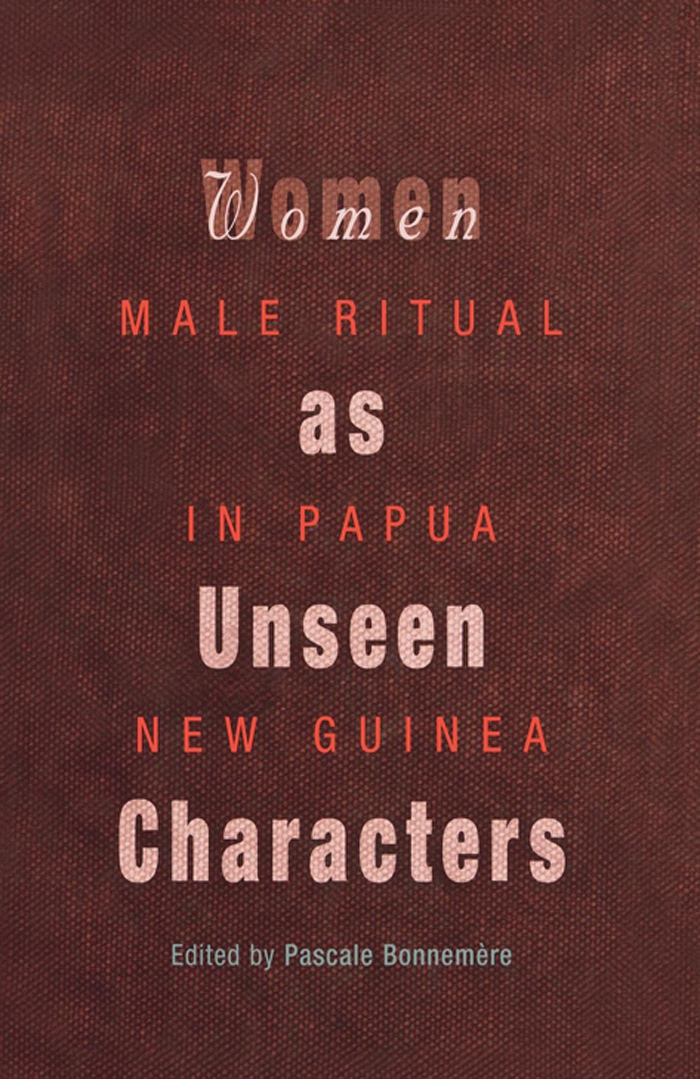
Women as Unseen Characters
Social Anthropology in Oceania
Michele Dominy, Series Editor
A complete list of books in this series is available from the publisher.
Male Ritual in Papua New Guinea
Edited by Pascale Bonnemere
PENN
University of Pennsylvania
Press Philadelphia
Copyright 2004 University of Pennsylvania Press
All rights reserved
Printed in the United States of America on acid-free paper
9 8 7 7 6 5 7 4 3 2 1
Published by
University of Pennsylvania Press
Philadelphia, Pennsylvania 19104-4011
Library of Congress Cataloging-in-Publication Data
Women as unseen characters : male ritual in Papua New Guinea / edited by Pascale Bonnemere.
p. cm.
ISBN 0-8122-3789-7 (cloth : alk. paper)
Includes bibliographical references and index.
1. Sambia (Papua New Guinea people)Rites and ceremonies. 2. Kukukuku (Papua New Guinea people)Rites and ceremonies. 3. Women, SambiaSocial conditions. 4. Women, SambiaAttitudes. 5. Women, KukukukuSocial conditions. 6. Women, KukukukuAttitudes. 7. Initiation ritesPapua New GuineaEastern Highlands Province. 8. Puberty ritesPapua New GuineaEastern Highlands Province. 9. Secret societiesPapua New GuineaEastern Highlands Province. 10. Eastern Highlands Province (Papua New Guinea)Social life and customs. I. Bonnemere, Pascale. II. Series.
DU740.42 .W65 2004
390.09953dc22 | 2004041298 |
Gilbert Herdt
Sandra C. Bamford
Pascale Bonnemere
Marta A. Rohatynskyj
Aletta Biersack
Andrew Strathern and Pamela J. Stewart
Pierre Lemonnier
Polly Wiessner
Bruce M. Knauft
Throughout the book, terms given in Melanesian Tok Pisin are underlined, while those given in vernacular languages are placed in italics.

During the fall of 1994, while I was in the New Guinea Highlands, male initiations were held in an Ankave valley. There I saw that, while the male novices stayed in the forest, their mothers and elder sisters were secluded together inside a vast house built of branches erected on the outskirts of the village. For the duration of the ceremonies, they left this house only in order to execute certain rigidly codified ritual gestures, and they respected a number of dietary and behavioral taboos similar to those imposed on the young boys. The presence of these close female relatives of the novices was, the Ankave told me, an absolute condition for the initiations. And it had always been this way.
This ethnographic situation did not quite match up with what I had read about the male rituals of the region. Regarded both as the place where maturation of the boys takes place and as the instrument for reproducing and legitimizing the domination of men over women, male initiations were analyzed as an exclusively masculine area founded on secrecy and on the exclusion of women (Read 1952: 5; Herdt 1987b: 72; Langness 1999: 98). Because women were effectively denied access to the male ritual space where the small boys lived with adult men, it was somewhat hastily deduced that they were consequently excluded from the ritual process itself.
Clearly the commonplace that male rituals are an exclusively male affair did not tally with the Ankave ethnographic reality. Ankave ritual practices and what men and women alike said about them drove me to broaden my focus to embrace a larger ritual space, one that was not confined to the forest, where novices and adult men stayed during the rituals, but took in another space, located at the edge of the hamlet, where the novices mothers were secluded. This female ritual space was by no means less marked by codified and imposed gestures and behaviors than the male space in the forest.
Insofar as the presence of women during male rituals had been established there was enough evidence to show that male rituals concern women as well as men.
This conviction was the original stimulus for the Association for Social Anthropology in Oceania (ASAO) symposium that led to the present book. And because the island of New Guinea is home to many populations that until recently performed various collective male rituals, it seemed legitimate to center our discussion on this country, even though the aim was to raise questions of a broader nature. Moreover, thinking about the conditions in which the early fieldwork had been done in New Guinea and about the gender relations prevailing in the societies studied, it seemed to me that several factors may have combined to mask the presence of women in male rituals, and that this combination may well be peculiar to the area.
In the present introduction, I will try to clarify why analyses of male rituals in New Guinea have not regarded women as potential participants and to evaluate the implications of considering female participation for analytical models and theorizing. In other words, should we simply abandon earlier styles of analyses and develop more recent ones (e.g., Marilyn Stratherns) so as to integrate heretofore neglected ethnographical data or should we try to combine both approaches by considering them to be complementary rather than exclusive? Finally, I will develop a few relevant analytical points and illustrate them with examples taken from contributions to the present volume.
The first anthropologists to work in the Highlands of what is now Papua New Guinea were men, and, given the strict compartmentalization of the male and female spheres of activity, most of their informants were also men. Their only access to the female world was therefore provided by male informants whose discourse was characterized by systematic denigration of female practices and an emphasis on the danger of too much contact with women. Under such conditions, how could these pioneers have heard of roles played by women in rituals performed for boys and organized by men? As Henrietta Moore said, writing on the representation of women in anthropological writing, the so-called male bias is one inherent in the society being studied. Women are considered as subordinate to men in many societies, and this view of gender relations is likely to be the one communicated to the enquiring anthropologist
It is more difficult to explain why the women anthropologists who worked in Papua New Guinea did not question the purportedly all-male character of these male-organized rites. Their highly critical attitude toward the male bias of their masculine colleagues (Milton 1979) does not seem to have extended to the sphere of secret male rituals. Perhaps this is because male initiations had largely been discontinued by the time anthropologistswomen in the mainbegan their critical enquiries into the role of women in such male affairs as ceremonial exchanges (M. Strathern 1972; A. Weiner 1976; Josephides 1985; Lederman 1986; see also Feil 1984).
In a world focused on the actions and words of men, a few exceptions stand out, however. One is Arve Srum, who reported ethnographic details of womens participation in the male rites of the Bedamini, on the Papuan Plateau in Papua New Guinea. The question of the presence of women in male rituals remained largely unasked by anthropologists working in Melanesia and, to my knowledge, by those working in Africa or Amazonia as well. Regarded as a peripheral phenomenon (Beidelman 1997: 143-45, 311), the role of women on these occasions has not been a focus of inquiry, even with the advent of feminist studies.
Font size:
Interval:
Bookmark:
Similar books «Women as Unseen Characters»
Look at similar books to Women as Unseen Characters. We have selected literature similar in name and meaning in the hope of providing readers with more options to find new, interesting, not yet read works.
Discussion, reviews of the book Women as Unseen Characters and just readers' own opinions. Leave your comments, write what you think about the work, its meaning or the main characters. Specify what exactly you liked and what you didn't like, and why you think so.

